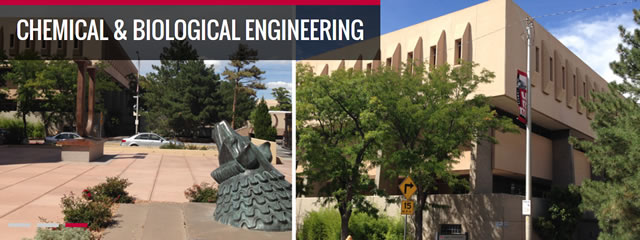
Chemical and Biological Engineering ETDs
Publication Date
5-6-1969
Abstract
The prediction of conversions and product distributions under various conditions is of prime interest in the process design of an optimum reactor. This is a very difficult task when a complex reaction is under consideration; since reactions take place simultaneously the relationship of the individual reaction and the over-all product distribution and their correlation with the control variables are hard to define. This study is an application of the free radical mechanism of the thermal decomposition of ethane to calculate the product distribution. Since this is an endothermic reaction, the temperature profile is the control variable. The relationship between the optimal product distribution, ethylene being the key product, and the temperature profile is of great interest. An attempt is made to apply the principle of optimality with a digital computer to explore the results of temperature variation along the path of this chain reaction. In doing so, the expanding grid method is applied and the process is approximated by a multistage process. The characteristic of a chain reaction is that the sum of the propagation steps yield the over-all reaction stoichiometry. The rate equation of each compound is derived from this chain mechanism, and the optimal concentration of each compound is calculated along the reaction path at various temperatures. The over-all heat input is estimated from the resulting optimum product distribution.
Document Type
Thesis
Language
English
Level of Degree
Masters
Department Name
Chemical and Biological Engineering
First Committee Member (Chair)
Thomas T. Castonguay
Second Committee Member
Kenneth Edward Cox
Third Committee Member
Edwin James Nowak
Fourth Committee Member
George Heinz Quentin
Recommended Citation
Ma, Jonathan K.. "A Computer Multistage Optimization Method on Ethane Decomposition." (1969). https://digitalrepository.unm.edu/cbe_etds/98
